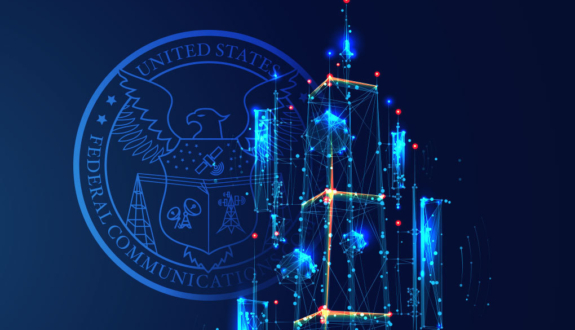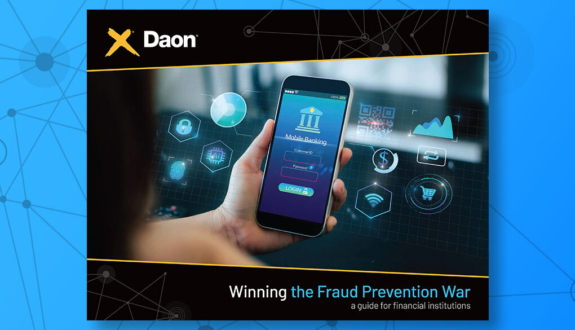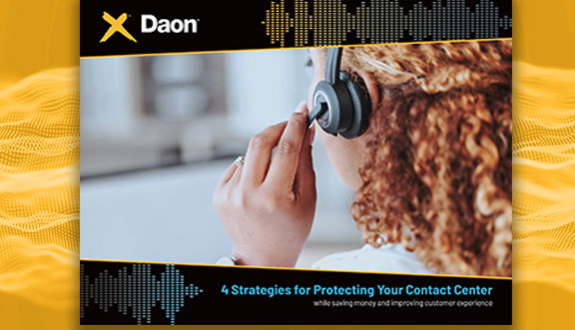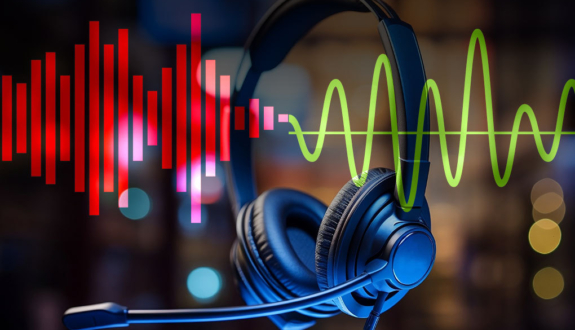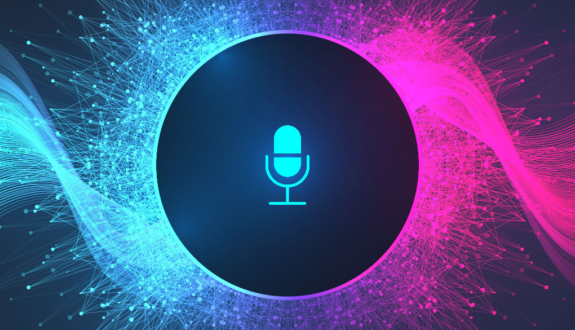Knowing Good Callers From Bad
Here's the Right Way to Keep Fraudsters Out of Your Contact Center Without Making True Customers Feel Like Suspected Criminals
In the past eighteen months, fraud schemes have been on an unprecedented rise, creating the need for effective contact center authentication.
In fact, the Association of Certified Fraud Examiners called the coronavirus pandemic “a perfect storm for fraud.” And while businesses have worked to strengthen their defenses, many have overlooked a critical weak point: their contact center.
Even before the pandemic, Aite Group found that 61% of all fraud losses could be traced back to the contact center. In another survey from late last year, Aite found that 42% of respondents reported an increase in fraud losses during 2020 (as compared to 2018), and of those, 13% saw an increase of 10% or more.
Of particular concern is the rise in account takeovers. Often, criminals can obtain information used to verify the identity of an account owner through social media, phishing emails, and phone scams, not to mention more sophisticated techniques like data breaches and spyware. After all, how private is your mother’s maiden name if it appears in a public family tree? Or that you attended third grade at Harrison School when you and fellow Harrison alums reminisce on Instagram?
That’s one problem with knowledge-based authentication, or KBA, which uses something the customer knows to verify their identity. The chances of it being something that only the customer knows are very slim.
Another problem is that it’s not actually very effective, and false reject rates can be absurdly high. Gartner has estimated that KBA accepts up to 60% of criminals while rejecting up to 30% of legitimate customers.
You Can’t Trade Security for Customer Experience
But even as fraud accelerates, and businesses feel the need to keep criminals out, customer experience is more important than ever. The pandemic has changed customer habits in ways that are likely permanent, most notably an increase in remote interactions with digital properties and contact centers. This creates more opportunities for businesses to provide a remote experience that either builds customer loyalty, or sends customers off to a competitor.
So, in the search of heightened contact center authentication and security, it’s important not to increase customer friction. The harder it is to authenticate themselves and resolve their issues, generally, the less happy customers will be.
Security without friction might sound like a difficult challenge to solve, but it doesn’t have to be. The key is moving from a model that authenticates secret knowledge to a model that authenticates a user’s innate human attributes—in this case, their voice.
When compared to KBA, voice biometric authentication solutions are more secure, more convenient, and faster, too.
Evaluating Voice Biometric Authentication Solutions
Voice biometrics, which compares a previously captured voice sample to the customer’s live voice, is available in many forms, including active (which requires the customer’s active participation) and passive models.
The most advanced systems dynamically recognize vocal quality and the customer’s speech patterns. They can also differentiate between live speech, recorded speech, and computer-generated speech by detecting subtle acoustic distinctions that a human being would miss.
Passive voice biometrics is particularly effective in eliminating customer friction, as it authenticates the customer’s voice as they speak naturally to the IVR or contact center agent. While KBA authentication takes up 11% of the total call time, on average, passive voice biometrics allows an agent to begin helping the customer without a second’s delay.
Making Voice Biometrics and Contact Center Authentication Simple
Daon’s passive voice biometrics solution makes it easy on both the customer and the contact center agent.
When a customer first calls the contact center, they can choose to enroll their voiceprint in the system, simply by speaking to the agent as they normally would. With the customer’s voiceprint now enrolled, it will take only a couple seconds of speaking to authenticate their voice on subsequent calls.
Because customer security and privacy are paramount to Daon, no voice samples are ever stored on our servers; the samples are used only to create encrypted templates that, even if compromised, would be worthless to fraudsters because they cannot be reverse-engineered.
With a passive voice biometrics solution like Daon’s, you really can keep fraudsters out of your contact center while making your customers feel welcome and valued.
Ready to see our voice biometrics in action? Click here to schedule a short, personalized demo, or learn more about the benefits of voice biometrics in our new infographic.




